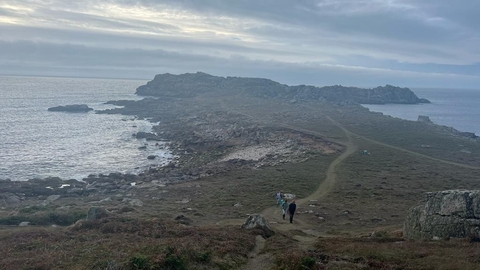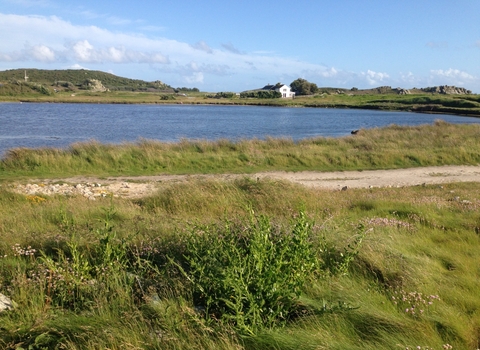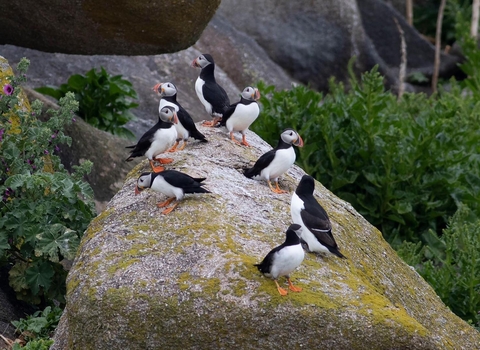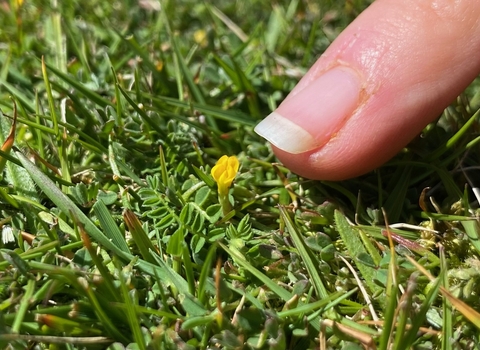
Shipman Head & Shipman Head Down
Know before you go
Dogs
When to visit
Opening times
Open year roundBest time to visit
Spring, Summer & AutumnAbout the reserve
Shipman Head has a distinctly wild feel, with the wild Atlantic ocean stretching away to the north and west. Waves lash the rocks below in the dramatic Hell Bay. At the most northern end of Bryher, Shipman Head ridge runs south towards the plateau of Shipman Head Down, where the shallow soils and the extreme maritime environment have led to the development of ‘waved’ maritime heathland.
The area hosts an important seabird colony with seven breeding species, including herring gulls, great and lesser black-backed gulls, razorbills, fulmars, shags and Manx shearwaters. In addition, ringed plovers and oystercatchers occasionally breed on the open heathland, too. The area is a top spot to explore on migration, with birds such as wrynecks, ring ouzels, wheatears and dotterel being spotted.
The heathland is particularly important for rare lichens. Scattered amongst the dwarf heather and bell heather are wildflower species like tormentil, common bird’s-foot trefoil, heath bedstraw, English stonecrop and sheep’s-fescue. The rich lichen community includes species such as Lobaria pulmonaria, L. scrobiculata and Sticta sylvatica, all species that are normally associated with ancient woodland. At the most southern end of the Down, there is a large stand of European gorse and more extensive areas of scrub, including bracken, bramble and honeysuckle, which provides cover for breeding and migrating birds.
Along the coastal edges in the coves there are areas of species rich maritime grassland. Thrift, buck’s-horn plantain, Yorkshire fog and sorrel are the most common, along with a scattered population of spring squill. Of particular importance are the nationally rare orange bird’s-foot and the notable hairy bird’s-foot.
The extreme environment, which is lashed by strong winds and salt water, is key to controlling vegetation height and development. We work with a local farmer, Graham Eggins from Hillside Farm, to manage the maritime grassland if needed, to ensure keeping an open sward necessary for lichen communities. The area is grazed in the winter. We also monitor for any encroachment of bracken and European gorse from the south, with control carried out if necessary. We also undertake annual seabird monitoring on Shipman Head, with an in-depth survey taking place every six years.
Firebreaks reduce the risk of wildfires spreading onto the heathland, as well as providing a varied age structure of vegetation. This has its own distinct microclimate, which provides cover for invertebrates and essential feeding areas for birds such as linnets, stonechats and meadow pipits.



